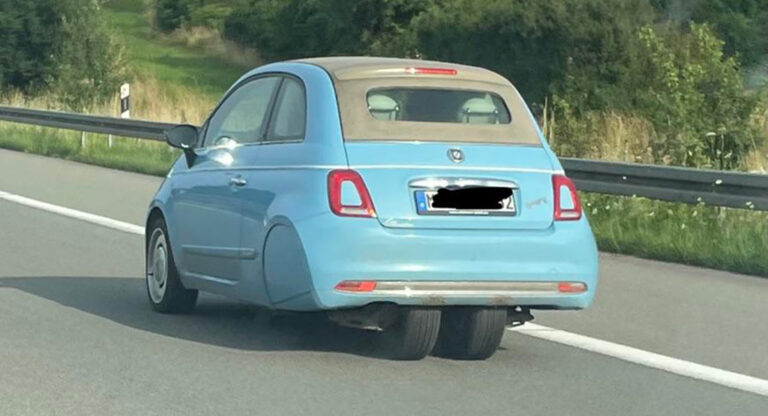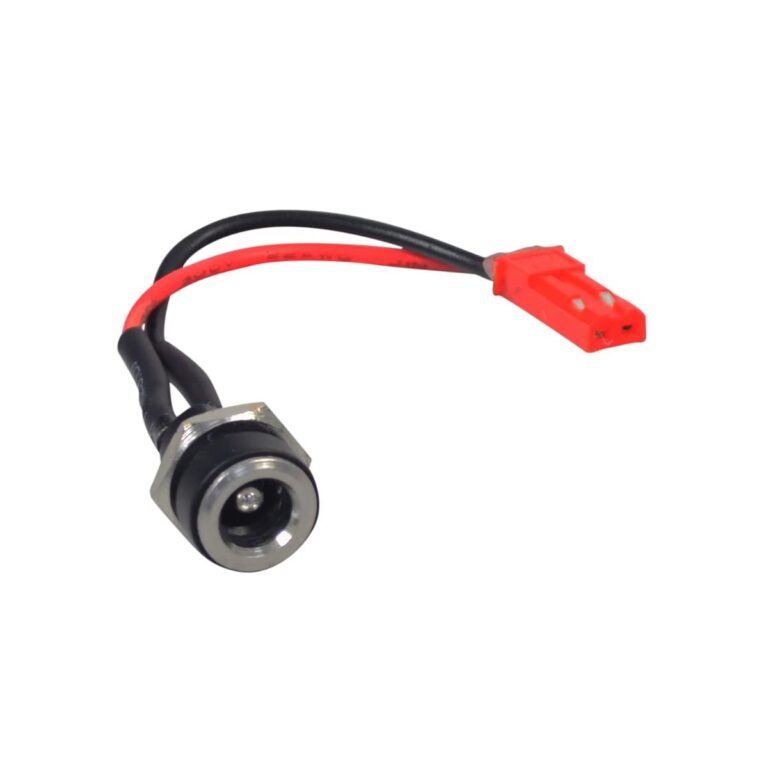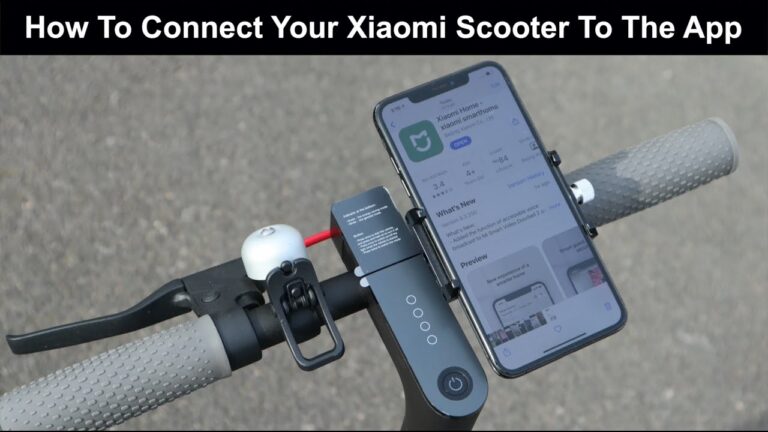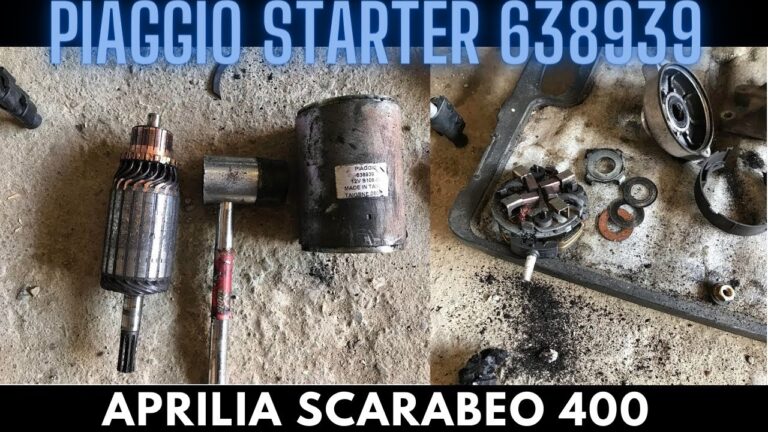Scooter Not Getting Spark: Troubleshooting Guide for Ignition Problems
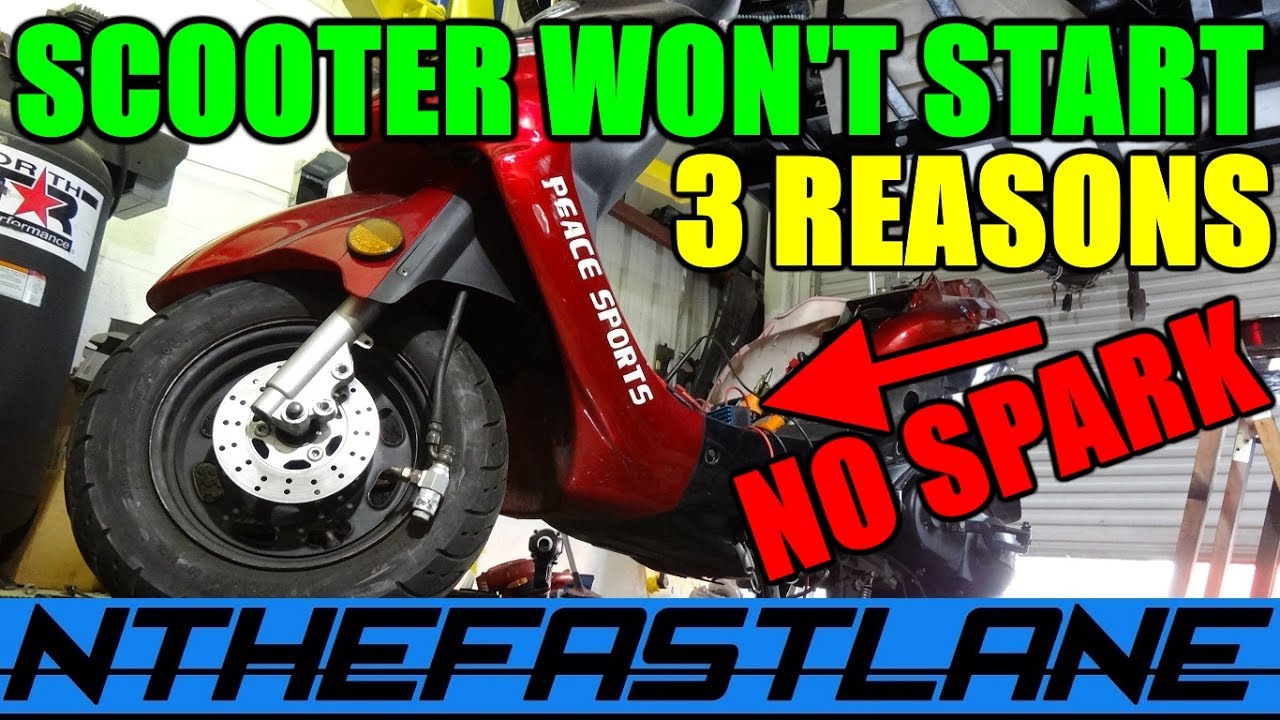
Scooter not getting spark may be due to a faulty ignition coil or spark plug – check and replace as needed. If your scooter is not receiving spark, it could be caused by a faulty ignition coil or spark plug.
Make sure to check these components and replace them if necessary. Ignition coils provide the necessary voltage to create a spark, while spark plugs ignite the fuel mixture in the combustion chamber. If either of these parts is not functioning correctly, your scooter will not generate spark and will fail to start or run properly.
By inspecting and potentially replacing these components, you can restore the spark necessary for your scooter’s engine to ignite and operate efficiently.
Understanding The Ignition System
Understanding the ignition system of your scooter is crucial when troubleshooting why it is not getting spark. By familiarizing yourself with the components and functions of the ignition system, you can diagnose and resolve spark-related issues effectively.
The ignition system plays a crucial role in starting and running a scooter. When you encounter an issue with your scooter not getting spark, the ignition system is often to blame. Understanding how the ignition system works and its components can help you diagnose and fix the problem effectively.
Let’s dive into the key aspects of the ignition system:
Components Of The Ignition System:
- Spark plug: This small but vital component creates the spark needed to ignite the fuel-air mixture in the scooter’s combustion chamber.
- Ignition coil: The ignition coil is responsible for converting the 12-volt electrical supply from the battery into high-voltage energy, which is crucial for sparking the spark plug.
- CDI unit: The Capacitor Discharge Ignition (CDI) unit acts as the control center of the ignition system. It regulates the timing of the spark, ensuring that it occurs at the right moment during the engine’s rotation.
How The Ignition System Works:
The ignition system follows a simple yet intricate process to generate the spark necessary for combustion. Here’s a breakdown of the steps involved:
- The ignition switch is turned on, allowing electrical current to flow from the battery to the ignition coil.
- The ignition coil stores and amplifies the electrical current.
- When the CDI unit receives the signal to fire, it releases the stored electrical charge from the ignition coil.
- The release of electrical energy causes a spark to form at the spark plug.
- The spark plug then ignites the compressed fuel-air mixture in the cylinder, generating power to start and run the scooter.
Importance Of A Properly Functioning Ignition System:
A properly functioning ignition system is critical for the optimal performance of your scooter. Here are some key reasons why:
- Reliable starting: A functional ignition system ensures consistent spark generation, enabling quick and reliable starts.
- Smooth idling: A strong spark promotes smooth idling by maintaining a stable engine speed.
- Efficient fuel combustion: The ignition system’s accurate timing and strong spark contribute to efficient fuel combustion, resulting in better fuel economy.
- Powerful acceleration: A healthy ignition system maximizes power output, allowing for smooth and powerful acceleration.
- Reduced emissions: When the fuel-air mixture is properly ignited, emissions are reduced, promoting a cleaner and greener environment.
Understanding the ignition system and its components is essential when troubleshooting a scooter that’s not getting spark. By grasping how the spark plug, ignition coil, and CDI unit work together, you can identify potential issues and ensure a properly functioning ignition system.
Remember, a well-maintained ignition system leads to reliable performance and an enjoyable riding experience.
Common Symptoms Of Ignition Problems
Scooter not getting spark? Look out for common symptoms of ignition problems like difficulty starting, engine misfires, or a complete lack of spark. Ensure timely diagnosis and repair to keep your scooter running smoothly.
Engine Not Starting:
- One of the common symptoms of ignition problems in a scooter is when the engine fails to start.
- If you’re turning the key and the engine doesn’t even cranks, it’s likely you’re facing an ignition issue.
- Several factors can cause the engine not to start, such as a faulty ignition coil, spark plug, or ignition switch.
- Inspect these components and consider troubleshooting or replacing them to restore your scooter’s spark.
Backfiring Or Misfiring:
- Another indication of ignition problems is when your scooter backfires or misfires during operation.
- Backfiring occurs when the fuel ignites prematurely in the exhaust system, resulting in a loud bang or even flames.
- Misfiring refers to momentary interruptions in the engine’s combustion process, causing a loss of power and uneven performance.
- Ignition-related issues, like a malfunctioning spark plug or ignition timing, can lead to backfiring or misfiring.
Loss Of Power While Riding:
- Experiencing a sudden loss of power while riding your scooter could be a sign of ignition trouble.
- Ignition problems can disrupt the efficient combustion process, causing a decrease in engine power output.
- This loss of power can manifest as sluggish acceleration, decreased top speed, or struggling to climb hills.
- Faulty ignition components, such as a failing ignition coil or spark plug, can contribute to this issue.
Difficulty In Starting When The Engine Is Hot:
- If you find it challenging to start your scooter’s engine when it’s already hot, ignition problems could be the culprit.
- Heat can exacerbate existing ignition issues, making it harder for the engine to fire up.
- When the engine is hot, components like the ignition coil or spark plug may experience increased resistance or fail to generate a strong spark.
- Consider examining these components for wear and tear, and replace them if necessary to resolve the difficulty in starting when the engine is hot.
Step-By-Step Troubleshooting Guide
This step-by-step troubleshooting guide provides easy-to-follow instructions to help you fix the issue of your scooter not getting spark. It offers concise and practical solutions to get your scooter up and running in no time.
Scooter Not Getting Spark:
Having trouble with your scooter not getting spark? Don’t worry, we’ve got you covered. In this step-by-step troubleshooting guide, we’ll walk you through the process of diagnosing and fixing the issue. Let’s get started!
Checking The Spark Plug:
- Inspecting the spark plug for damage or fouling:
- Look for signs of damage such as cracks or wear on the spark plug insulator.
- Check for fouling, which can occur when there is an excessive amount of oil or carbon deposits on the spark plug electrodes.
- Clean the spark plug if it is fouled, or replace it if it is damaged.
- Cleaning or replacing the spark plug:
- Remove the spark plug using a spark plug socket and extension.
- Use a wire brush or spark plug cleaner to carefully clean the spark plug electrodes.
- If the spark plug is heavily fouled and cannot be cleaned, replace it with a new one.
- Ensure the spark plug is properly gapped according to your scooter’s specifications before reinstalling it.
Testing The Ignition Coil:
- Checking for resistance:
- Disconnect the ignition coil from the wiring harness.
- Set your multimeter to the resistance (ohms) setting.
- Place the multimeter probes on the ignition coil terminals.
- Check the resistance reading against the manufacturer’s specifications.
- If the resistance is outside the specified range, the ignition coil may be faulty and needs to be replaced.
- Testing the coil’s output voltage:
- Reconnect the ignition coil to the wiring harness.
- Start the scooter’s engine and let it idle.
- Disconnect the spark plug wire from the spark plug.
- Hold the end of the wire close to the engine block or another grounded metal surface.
- Look for a visible spark when the engine is running.
- If there is no spark or it is weak, the ignition coil may be malfunctioning and should be replaced.
Troubleshooting The Cdi Unit:
- Inspecting for loose or damaged connections:
- Check all the connections between the CDI unit and other components.
- Ensure that all connectors are securely plugged in and free from corrosion.
- Repair or replace any damaged connectors or wiring.
- Performing a continuity test:
- Disconnect the CDI unit from the wiring harness.
- Set your multimeter to the continuity (ohms) setting.
- Place the multimeter probes on the appropriate CDI unit terminals.
- Check for continuity between the terminals as per the manufacturer’s specifications.
- If there is no continuity or it is outside the specified range, the CDI unit may be faulty and needs to be replaced.
Checking The Wiring Harness:
- Examining for frayed or damaged wires:
- Inspect the entire wiring harness for any frayed, damaged, or exposed wires.
- Pay close attention to areas where the wiring may come into contact with other components or sharp edges.
- Repair or replace any damaged wires and ensure they are properly insulated.
- Testing the continuity of the wiring:
- Disconnect the wiring harness from the scooter’s electrical components.
- Set your multimeter to the continuity (ohms) setting.
- Check for continuity between the appropriate wiring harness terminals as per the manufacturer’s specifications.
- If there is no continuity or it is outside the specified range, the wiring harness may be the culprit and should be repaired or replaced.
By following this step-by-step troubleshooting guide, you should be able to diagnose and resolve the issue of your scooter not getting spark. Remember to always refer to your scooter’s manual and follow safety precautions when working with electrical components. Happy troubleshooting!
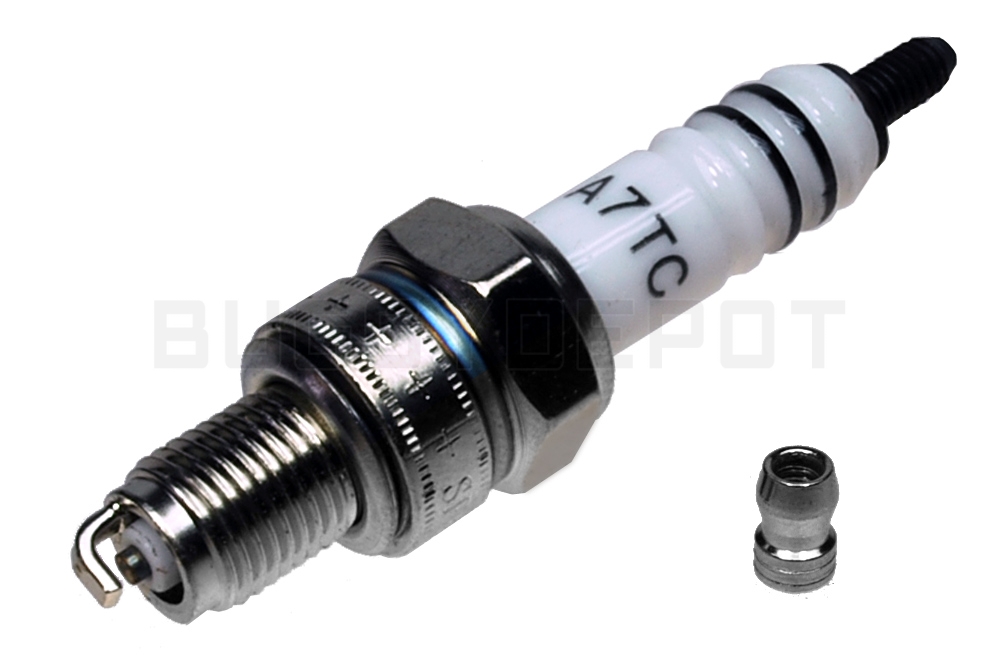
Credit: www.buggydepot.com
Additional Tips For Ignition System Maintenance
Maintaining the ignition system of your scooter is crucial when troubleshooting a spark issue. Ensure proper spark plug cleaning, check for loose connections, and inspect the ignition coil for any signs of wear or damage. Regular maintenance will help keep your scooter running smoothly and prevent spark-related problems.
Regularly cleaning and gapping the spark plug:
- Remove the spark plug using a spark plug wrench.
- Inspect the spark plug for any signs of wear or damage.
- Clean the spark plug using a wire brush or a spark plug cleaner.
- Check the spark plug gap using a spark plug gap tool. Adjust if necessary.
- Reinstall the spark plug and tighten it securely.
Checking and cleaning the ignition coil:
- Locate the ignition coil, typically found near the spark plug.
- Inspect the ignition coil for any signs of corrosion or damage.
- Remove any debris or dirt from the ignition coil using a soft cloth.
- Test the ignition coil using a multimeter to ensure it is functioning properly.
- If the ignition coil is faulty, it may need to be replaced.
Inspecting and maintaining the wiring harness:
- Examine the wiring harness for any loose or damaged wires.
- Secure any loose connections and repair any damaged wires.
- Use electrical tape or wire connectors to fix any exposed or frayed wires.
- Regularly check the wiring harness for signs of wear or deterioration.
- Replace the wiring harness if needed to ensure proper ignition system function.
Using a quality fuel and oil mixture:
- Use a high-quality fuel and oil mixture that is recommended for your scooter.
- Ensure the fuel and oil mixture ratio is correct as specified by the manufacturer.
- Avoid using old or stale fuel, as it can lead to ignition problems.
- Use fuel stabilizers if the scooter will be stored for an extended period.
- Avoid using low-quality or contaminated fuel to prevent damage to the ignition system.
Storing the scooter properly during periods of non-use:
- Clean the scooter thoroughly before storing to prevent dirt and debris buildup.
- Park the scooter in a dry and well-ventilated area to avoid moisture damage.
- Remove the spark plug and spray a small amount of fogging oil into the cylinder.
- Cover the scooter with a breathable cover to protect it from dust and debris.
- Regularly start the scooter and let it run for a few minutes during storage to prevent ignition system problems.
By following these additional tips for ignition system maintenance, you can ensure that your scooter is getting the spark it needs for reliable and efficient performance. Regular cleaning and inspection, along with proper fuel and oil usage, will help keep your ignition system in top condition for longer-lasting enjoyment of your scooter.
Professional Help For Persistent Ignition Problems
Get professional assistance to fix persistent ignition problems and get your scooter spark back. Don’t let your scooter suffer from a lack of spark – experts are here to help.
If you are facing persistent ignition problems with your scooter and have tried various troubleshooting methods without success, it may be time to seek professional assistance. Professional mechanics have the expertise and specialized tools to diagnose and fix complex ignition issues.
Here are some key points to consider when it comes to professional help for persistent ignition problems:
- When to seek professional assistance:
- If your scooter is not getting spark despite checking the ignition system thoroughly.
- When you have exhausted all possible DIY solutions and the problem persists.
- If you lack the knowledge, skills, or tools required to fix complex ignition issues.
- Choosing a reliable scooter mechanic:
- Look for mechanics who specialize in scooters or small engines.
- Seek recommendations from fellow scooter owners or trusted friends.
- Check online reviews and ratings of local scooter repair shops.
- Consider the mechanic’s experience, certifications, and customer service reputation.
- Importance of regular maintenance to avoid future ignition problems:
- Schedule regular maintenance appointments to keep your scooter in top shape.
- Regularly check and clean spark plugs, ignition coils, and electrical connections.
- Replace worn-out parts promptly to prevent ignition failures.
- Keep your scooter’s battery charged and in good condition.
- Following the manufacturer’s recommended maintenance schedule can prevent potential ignition problems.
Remember, seeking professional help for persistent ignition problems is a wise decision when DIY methods have failed. A reliable and experienced scooter mechanic can diagnose and fix complex ignition issues, ensuring your scooter runs smoothly and reliably. Additionally, regular maintenance plays a vital role in preventing future ignition problems, so don’t underestimate the importance of keeping your scooter in good condition.
Frequently Asked Questions For Scooter Not Getting Spark
What Causes No Spark To The Spark Plug?
Possible causes of no spark to the spark plug include faulty ignition coil, damaged spark plug wire, or a disconnected ignition switch.
Why Is My Engine Not Getting Spark?
If your engine is not getting spark, possible causes could be a faulty ignition coil, worn spark plugs, or a broken ignition switch.
How Do I Fix No Spark?
To fix no spark, follow these steps: 1. Check the spark plug for any damage or wear. 2. Ensure the spark plug wire is securely connected to the spark plug and ignition coil. 3. Test the ignition coil to see if it is functioning properly.
4. Inspect the ignition switch and make sure it is in the correct position. 5. If the issue persists, consider contacting a professional mechanic for further diagnosis and repair.
Will A Stator Cause No Spark?
Yes, a faulty stator can result in no spark in the engine ignition system.
Conclusion
To sum up, if your scooter is not getting spark, it is crucial to troubleshoot the potential issues before taking it to a mechanic. Start by checking the spark plug for any signs of damage or wear and replace it if necessary.
Clean the spark plug and ensure it is properly connected to the ignition coil. Inspect the ignition coil for any signs of damage, such as cracks or frayed wires, and replace if needed. Verify that the kill switch is in the proper position and functional.
Additionally, make sure the battery is charged and in good condition. By following these steps and conducting regular maintenance, you can keep your scooter running smoothly and ensure it always gets the spark it needs to ignite the engine. So, don’t wait, get your scooter back on the road and enjoy your rides with confidence!

